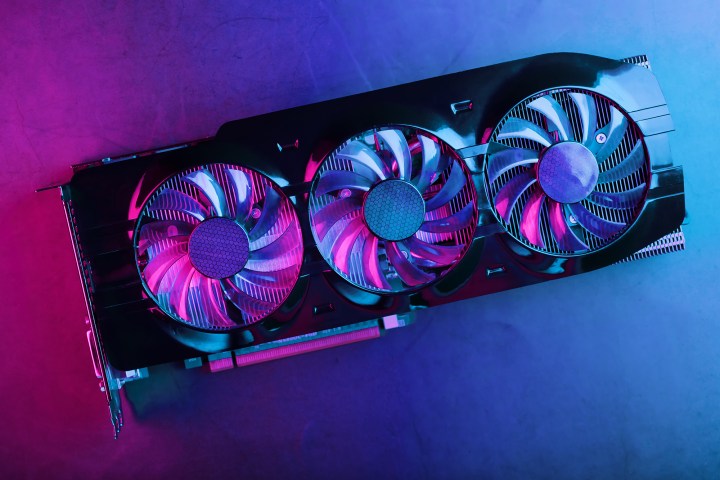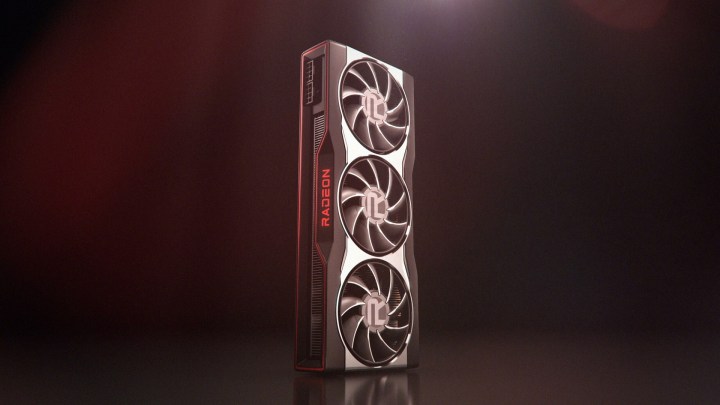Despite the ongoing chip shortage, graphics card shipments increased by almost 26% year-over-year.
This begs the question: If buying a new graphics card is so difficult right now, where are all these extra units going?

According to a market analysis performed by Jon Peddie Research (JPR), shipments of discrete graphics cards increased by nearly 26% during the course of this year. Nvidia and AMD shipped 12.7 million cards in 2021, which is an increase of over 1 million compared to 2020. This applies only to add-in boards (AIB), which means dedicated cards used in desktop PCs, servers, workstations, scientific instruments, and cryptomining farms. Integrated cards, typically found in entry-level systems, were not included.
The increase in shipments is also visible on a quarter-to-quarter basis. Compared to the previous quarter, GPU shipments increased by nearly 11%. This is still less than last year, however, as the same quarter last year saw an increase of 17%.
AMD saw greater quarter-to-quarter gains than Nvidia, but it’s Team Green that dominated in terms of year-over-year. Compared to the previous quarter, AMD shipped 17.7% more desktop graphics cards — this represents a 20.8% increase from the previous year. Nvidia had a more modest quarterly increase of 9.3%, but a bigger yearly jump: 27.1%.

Getting a graphics card has been unreasonably difficult over the past year. Getting one at MSRis almost impossible. Despite the fact that many people are itching to get their hands on one of the best graphics cards the market has to offer, there just aren’t enough cards to go around. Some of the most popular GPUs, such as the RTX 3080, continue to sell for as much as 300% of their MSRP. Retailers occasionally restock these cards at reasonable prices, but when that happens, they sell out in seconds.
The chip shortage definitely plays a part in how difficult it has been to buy a new GPU, but with the increase in units shipped, it seems that there’s more than one side to the problem. If these graphics cards do not reach the consumer market at their intended price, where do they go? The answer seems fairly simple: Into the hands of scalpers and cryptocurrency miners.
It’s no secret that a lot of the GPU restocks are instantly bought out by bots and scalpers, who then resell them at an increased price. This leads to many aspiring PC builders being left with the choice of either spending a fortune on a new GPU or just not getting one at all. Cryptominers continue to invest in cards because mining continues to be profitable, even though the market has been increasingly volatile.
Experts from Intel, Nvidia, and AMD all agree that the GPU shortage may continue for at least another year. With the upcoming releases of new graphics cards from all three manufacturers, we can only hope that at least some of them will land in the hands of actual PC users.
Editors' Recommendations
- The war between PC and console is about to heat up again
- Nvidia RTX 50-series graphics cards: news, release date, price, and more
- The sad reality of AMD’s next-gen GPUs comes into view
- You shouldn’t buy these Nvidia GPUs right now
- 5 GPUs you should buy instead of the RTX 4070





